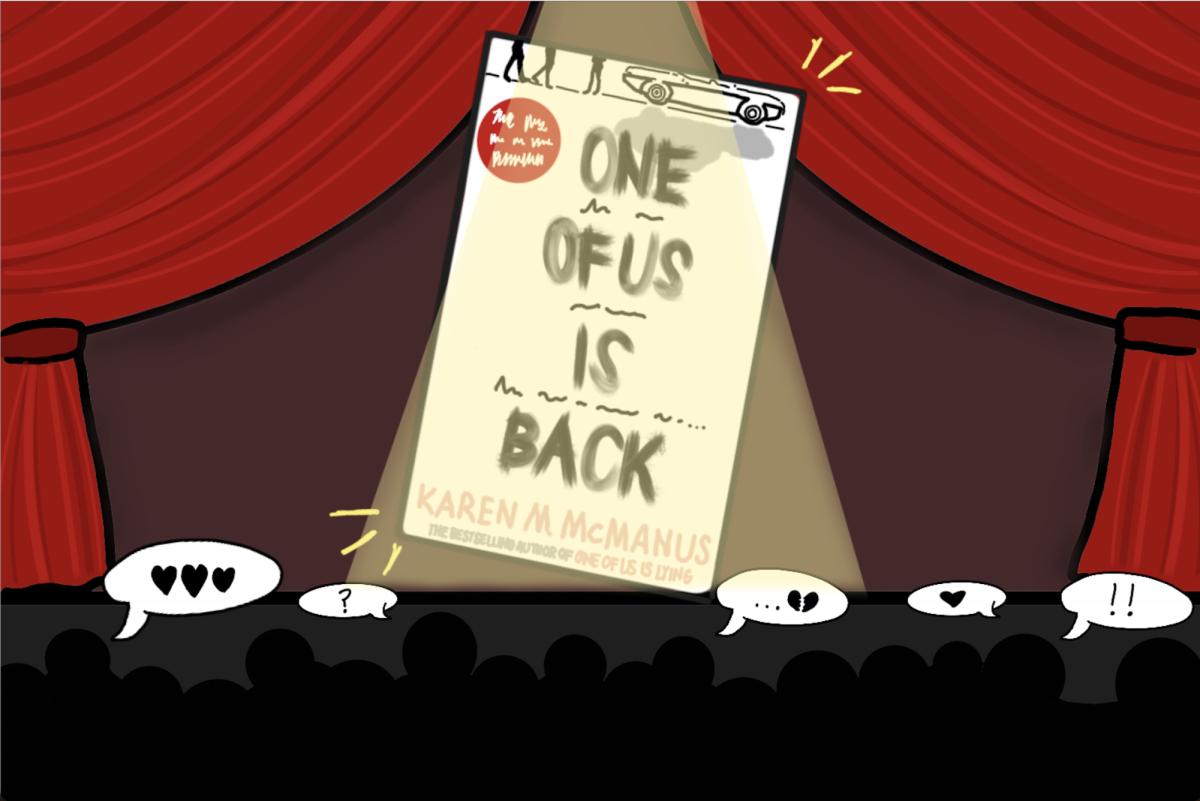PT Clement (’16) looked up at his friends during lunch, waiting for any signs of interaction. All three were staring at the retina screen of their iPhones, scrolling through an endless onslaught of social notifications. Instinctively, he reached for his own iPhone, but decided to hold himself back. They were out to lunch after all. “I almost never [use my iPhone], I go for two or three weeks without using it,” Clement said.Although Clement does not feel ostracized by the growing impact the iPhone has on his friends, he strongly believes students rely on the iPhone too much socially.
Contrary to numerous friends, Clement confesses that he simply does not have enough time to spend on the iPhone. “I’ll talk to people on Facebook but it’s kind of a hassle to carry it around everywhere and its battery life is poor, and I’d probably lose it anyway,” he admitted.
Clement is a special case in the sense that 82 percent of 100 surveyed use their iPhones for at least two hours a day. According to Apple Insider, 59 percent of all teenagers in America have an iPhone. Since the iPhone came out in 2007, it has taken the American phone market by storm, with 270,000 units sold within the first 30 hours of release. The market then spread to other countries including the U.K.
Mobile network Everything Everywhere (EE) Vice President of Program Office Rui Pereira said “The iPhone and Samsung phones are the most popular manufacturers, with others far behind.” The popularity of the iPhone on a global scale demonstrates the shift to a more accessible phone. “Many other phone manufacturers try to emulate the iPhone, they simply can’t, even the way it feels in your hand makes you think it’s a quality phone,’ he said.
Out of a poll conducted of 100 students at ASL, only one student stated that he would not buy another iPhone if he was given the chance to.
Sean Norris (’15), an exception to the movement of the growing consumption of iPhones throughout the High School, thinks that the trend to get the iPhone is brought on by other students and the media that surrounds the iPhone. Regretting his decision to buy one, Norris claims iPhones are generally too expensive and a major contributor to procrastination.“I [got the iPhone] as a result of the massive advertizing campaign, and, by that time most of my friends had an iPhone,” Norris said.
The iPhone has not solely just become more popular at ASL, but worldwide too. The iPhone has managed to dwarf its worldwide competitors. For years, the Asian phone market has been dominated primarily by Samsung and LG, but with the introduction of the iPhone 5 in 2012, it has changed dramatically. In Japan, the iPhone 5S has turned the phone manufacturing market upside down; in 2013, the iPhones share in the market rose from 14 percent to 34 percent in the short span of a month, according to Tech In Asia.
With the iPhone seemingly dominating the world market, it has created what many feel is a more connected world.
Ariadne Letrou-Papamarkakis (’17) admits that the iPhone comprises a large social factor of her life. “I guess if I didn’t have [the iPhone] I would feel disconnected, out of the loop,” she said. Papamarkakis commented on the iPhone’s ability to disseminate information quickly, allowing her to constantly stay in touch with friends, regardless of their distance.
The notion of being disconnected from others has had a heavy social impact on our society, Noah Silberwasser (’16) believes, “Kids in society feel so pressured to show that they have friends they immediately turn on their phones, searching for them,” he said.
The fear of being disconnected has been recognized by EE, whose mission statement is to become the trusted brand for connecting people’s lives beyond their smartphone. The constant angst that many get when they feel separated from others highlights this social change. In the eyes of Clement, however, the change is not for the better: “I feel that people depend on their mobile phones socially, I prefer face-to-face communication – it’s more human,” he said.
The iPhone has become a worldwide connection, linking people internationally through its apps and various networks. Its success at ASL proves its growing appeal throughout the High School.
sebastian_mayr@asl.org
max_roth@asl.org







